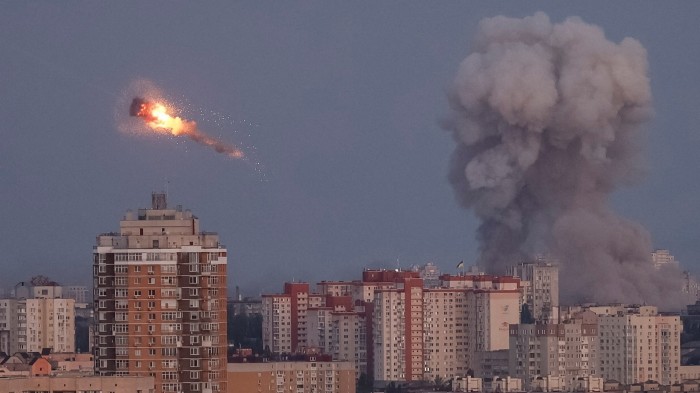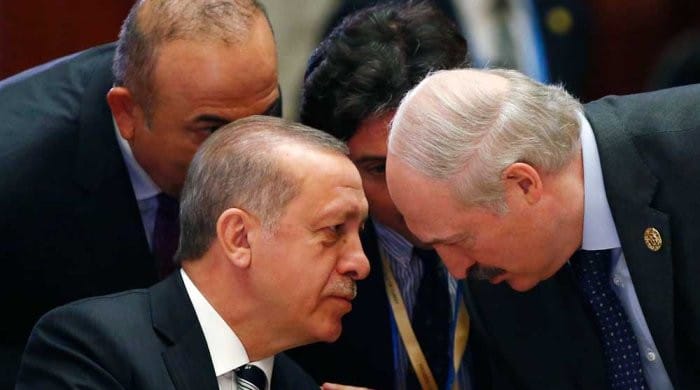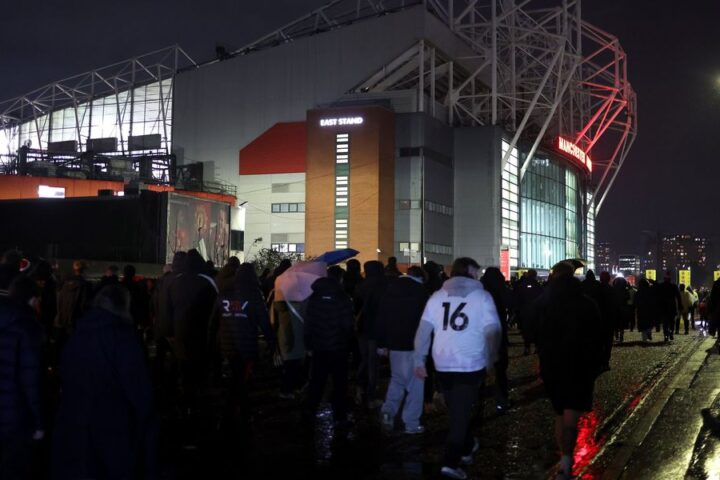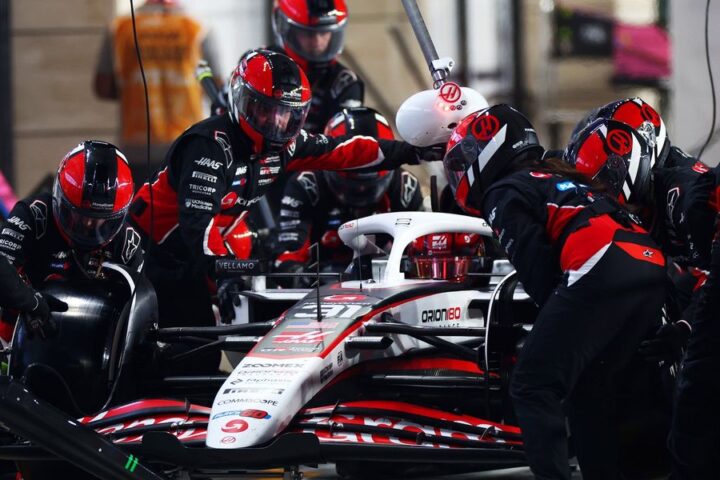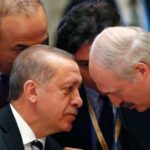On the night of October 5, 2025, Russia carried out a coordinated missile and drone offensive against Ukraine, deploying over 50 missiles, including hypersonic Kinzhal, Kalibr, and Kh-101 types, alongside approximately 500 armed drones. The strikes targeted nine regions — Lviv, Ivano-Frankivsk, Zaporizhzhia, Chernihiv, Sumy, Kharkiv, Kherson, Odesa, and Kirovohrad — marking one of the most extensive assaults in recent months.
Civilian casualties and extensive damage reported
By morning, Ukrainian authorities reported at least five dead and 13 injured. Lviv region recorded four fatalities and four wounded, including damage to residential areas and civilian infrastructure. Zaporizhzhia reported one death and nine injuries, including a 16-year-old girl. Critical civilian sites were hit, including the Sparrow industrial park in Lviv, where a large fire broke out. Lviv Mayor Andriy Sadovyi emphasized the location was purely civilian, without military significance. Large-scale power outages affected parts of Lviv, with numerous fires and disrupted transport. Residential buildings suffered significant damage, including destroyed windows and structural harm in Lviv suburbs, the Lapayivka settlement, and Zaporizhzhia.
Strategic targeting of civilian infrastructure
In Ivano-Frankivsk, Russian strikes focused on critical infrastructure, while in Vinnytsia, a civilian industrial facility was hit. Other regions, including Chernihiv, Kherson, Kharkiv, and Odesa, reported damage to civilian infrastructure. In Zaporizhzhia, combined drone and guided bomb strikes caused at least ten impacts, damaging eight multi-storey buildings and private houses, setting vehicles and non-residential structures ablaze, and leaving over 73,000 residents without electricity. These attacks targeted civilian areas including kindergartens, religious complexes, industrial parks, and residential districts.
Escalation and pattern of aggression
Observers note that such large-scale assaults on multiple regions constitute a deliberate strategy of intimidation rather than isolated incidents. The systematic strikes across nine regions demonstrate a sustained pattern of hybrid warfare by Russia, including drone swarms and missile barrages aimed at destabilizing Ukraine’s rear and eroding civilian morale. Attacks on schools, religious sites, housing, and power grids do not align with Moscow’s stated intentions for peace talks, representing instead a calculated escalation designed to pressure Kyiv and its allies.
Calls for international action and enhanced support
Ukrainian officials stressed that documented strikes on civilian objects constitute war crimes, calling for expanded investigative mandates, damage registries, and seizure of Russian assets to fund reconstruction and victim compensation. Kyiv urges NATO and partners to supply intercept missiles, electronic warfare systems, and air defense capabilities to protect industrial clusters and energy infrastructure. Sanctions against Russian arms producers, tighter export controls, and secondary sanctions targeting companies and intermediaries involved in supplying components for Russia’s missiles and drones were highlighted as critical measures. Officials also pointed to the need for blocking the so-called “shadow fleet” of tankers enabling Russia to bypass oil sale restrictions and fund military production.
Wider implications for European security
The Kremlin’s actions extend beyond Ukraine, representing a broader hybrid threat to NATO and European security, including aerial incidents and undersea sabotage. Until Russia’s military infrastructure — missile carrier bases, ammunition depots, fuel storage — is rendered unreachable, such threats will persist. Ukrainian leaders underline that long-range missile support is essential to target legitimate military objectives deep within Russian territory, creating the conditions for lasting deterrence and stability.
Ukraine’s unified stance reflects resilience, with officials asserting that the attacks, rather than breaking morale, strengthen resolve to defend sovereignty while calling on international partners for decisive support.
